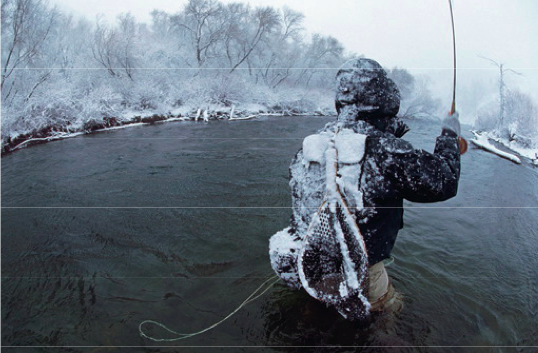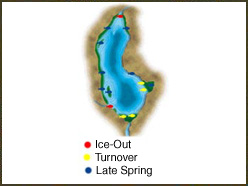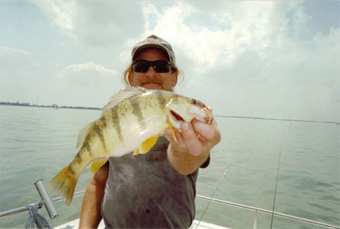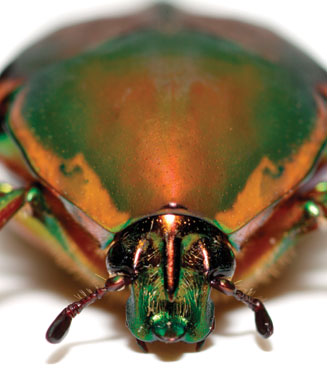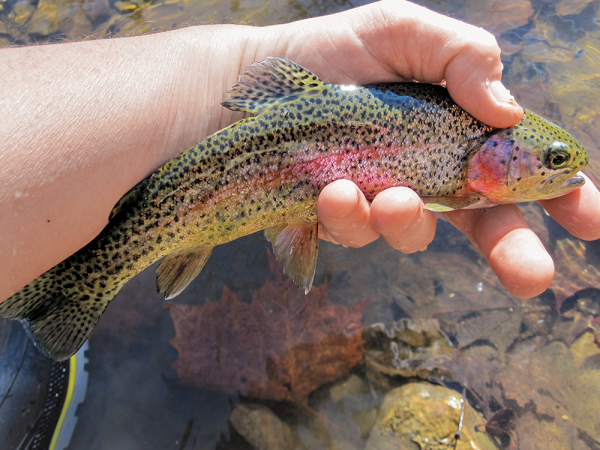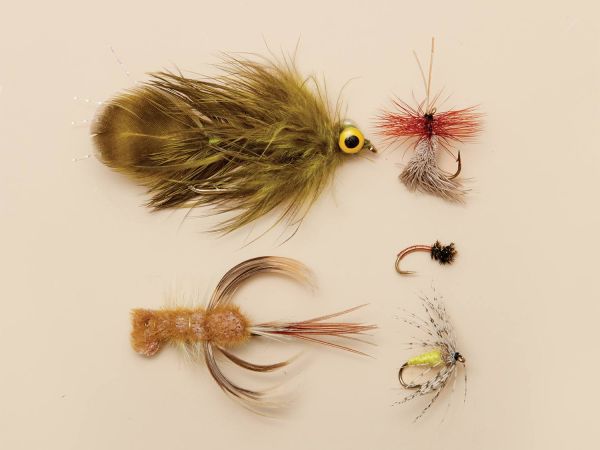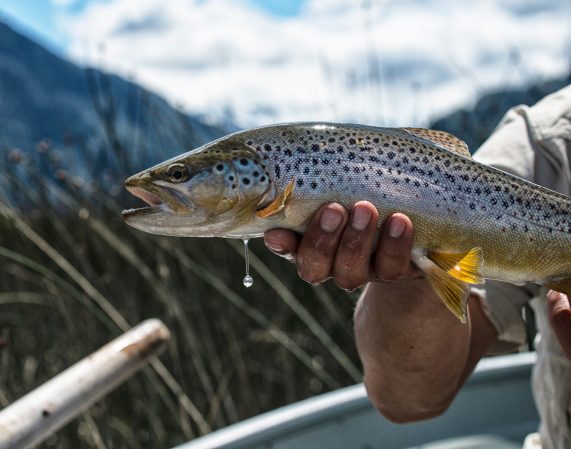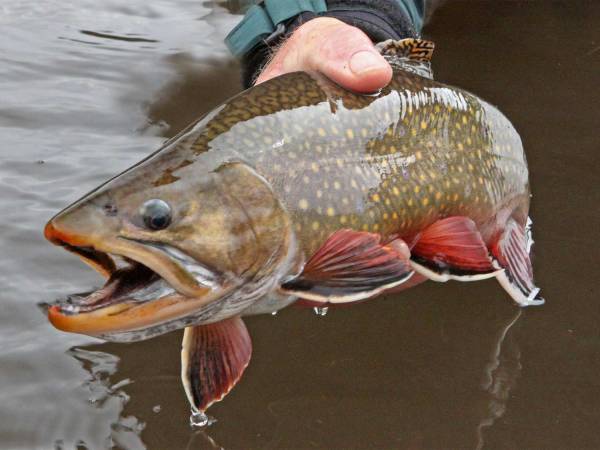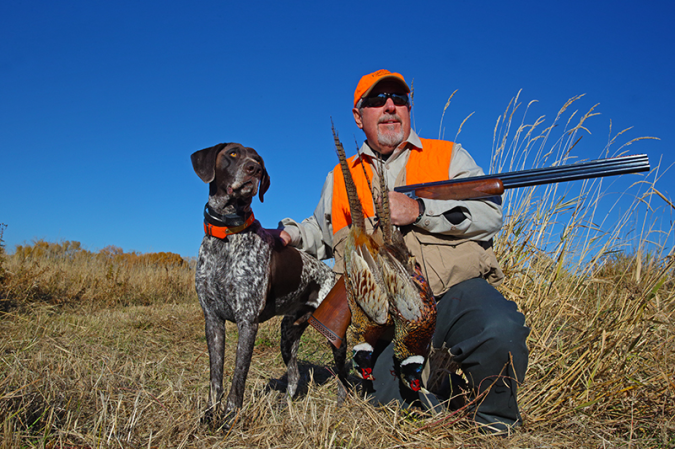The notion that insects don’t hatch in winter or that trout won’t feed in a snowstorm or that fishing isn’t fun when the temperature drops is a lie no doubt perpetuated by diehard trout fiends trying to protect the snowy solitude of their favorite winter fishing spots. Fact is, trout feed all winter long. If you’re willing to brave the cold, you can enjoy some of the best, least pressured trout fisheries while most anglers are snoring by the fire. Throw on your long johns, stuff chem warmers in your waders and head for a trout stream. Odds are, you’ll have the whole place to yourself.
Which Stream for Trout?
Trout are found in three types of the smaller moving bodies of water manageable for anglers in winter: spring creeks, freestone creeks and tailwaters.
Because water temps are invariably warmer and more constant, streams fed by underground springs offer the most consistent winter fishing. You can catch trout in spring creeks on the coldest days because food and warmth are almost always available. Calm, cloudy days lure big spring-creek trout out of holes and allow for a stealthier approach because they can’t see as well and you’re not casting a shadow across the creek.
Air temperatures dramatically affect freestone stream temperatures, so when a string of warm winter days stirs insect activity, trout must stir as well and feed while they can. Freestone streams invariably fish best at mid-afternoon, the warmest part of the day.
Tailwater streams and rivers flow out of dams, and flows keep reaches from freezing over. Water temps are more stable here than in freestone streams, but they also fish best during a succession of warm days.
Winter Fish Lairs
Trout will school up in winter, especially in freestone streams or tail-waters. They usually take a position in a slow, deep pool at the tail of a riffle that carries food right to them, or in slow, deep bends.
In streams more affected by air temperatures, fish will gravitate toward the sunny side. If a stream of any type has submerged vegetation, work these areas first. Stream grasses provide cover and harbor insects, grass shrimp and crayfish. Sunlight can invigorate the insects and crustaceans, which can trigger a feeding frenzy.
Forage and Flies
Hatches do occur in winter: Common wintertime hatching insects include midges and mayflies. If you’re lucky enough to stumble on a winter hatch, Blue Wing Olives in sizes 16-22 and midge flies in sizes 20-24 will mimic those hatches.
Cold trout feed mainly on insect larvae and pupae, and on larger forage such as leeches, minnows and sculpin. So the best “winter” patterns are wet flies, which include diverse nymphs, gaudy steelhead streamers, Woolly Buggers, sculpin and Clouser Minnows.
Use streamers to find fish, and nymph patterns with strike indicators to sight-fish individual lies. Streamers are attractor patterns, so don’t be afraid to use a big fly, but work it slowly. Cold fish are sluggish in winter. Nymphs range from No. 8 Hare’s Ear patterns to No. 24 midge larvae.
Braving the Cold
Freezing fingers make fishing mechanics difficult. Chemical hand warmers stuffed in waders or in tight close to your vitals are a godsend. Wear fingerless wool gloves and dress in layers.
Snowshoes are a must if the drifts are deep. Snow also gloms onto felt-soled wading boots, which makes walking downhill tricky on steeper slopes. Rubber soles or spikes work best.
Cold plays havoc with rods and reels. The rod’s top guide is bound to freeze, but you can keep line moving through with lip balm, Vaseline, cooking spray or Ice-Off. Dipping your reel into water can bind up your reel and end your day.
Sure, blue fingers, frozen feet and a numb nose are realities, but the pay-off in solitude and hungry fish will be well worth wading out in winter.
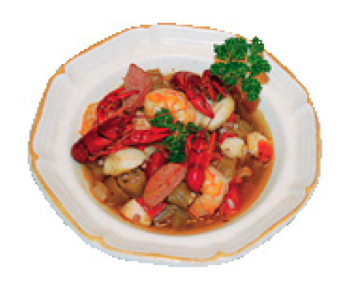
Deep-Freeze Gumbo
Published in 1885, The Creole Cookery Book calls gumbo-making an “occult science.” A bit of a stretch, perhaps. This simple version is a tasty way to empty the freezer of last season’s frozen fish. – Gerry Bethge
Ingredients:
- 1/4 lb. low-sodium bacon, finely chopped
- 1/2 lb. turkey kielbasa or low-sodium turkey sausage
- 1/2 red pepper, chopped
- 1/2 green pepper, chopped
- 3 celery stalks, chopped
- 1 medium onion, chopped
- 2 garlic cloves, minced
- 2 cups okra, sliced
- 1 tsp. creole seasoning
- 12 oz. fat-free, low-sodium chicken broth
- 7 oz. stewed tomatoes
- 1/2 lb. red snapper, cubed
- 1/2 lb. cobia, cubed
- 6 oz. shrimp, shelled and deveined
- 3 oz. crayfish
- Tabasco to taste
1. In a medium skillet, brown bacon and kielbasa and pat dry on paper towel. Drain excess oil and wipe skillet.
2. Add vegetables and seasoning. Cook several minutes until soft.
3. Transfer vegetables, bacon and kielbasa into a stew pot, and add broth and tomatoes. Cook over medium heat until mixture boils and thickens. Add fish, shrimp and crayfish.
4. Allow gumbo to come to a boil again and serve.
